Podcast: Play in new window | Download
Subscribe: RSS
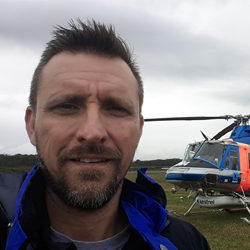
Helicopters are amazing assets to have working in a bush firefighting role. Every year around the world they contribute to lives saved and property damage avoided. Now for the first time in Australia we are starting to see the move into night time firebombing operations.
Richard Butterworth is head of training at Kestrel Aviation based in Mangalore, Victoria. It is about 1 1/2 hours drive north of Melbourne. Kestrel has been developing a night aerial firefighting capability and has put a significant amount of private investment behind Richard, their other staff and equipment to become one of the first Australian operators to gain CASA approval.
Don’t forget to check out past episodes on Helicopter NVG flying and Aerial Fire Fighting
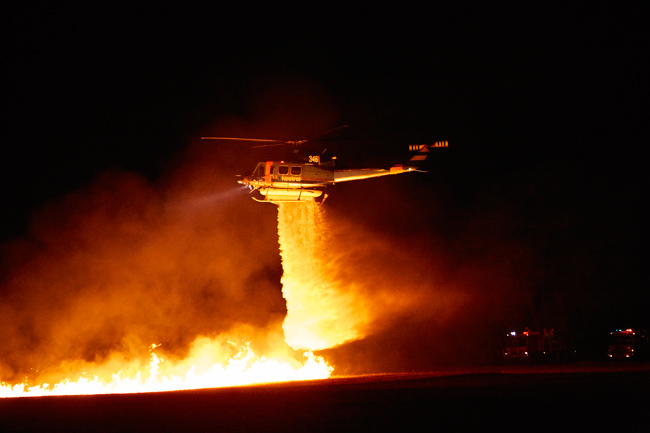
Internationally night firefighting with helicopters goes back a surprisingly long way.
“On June 16, 1974, the first night water drops were made on a wildfire on the Angeles National Forest with Los Angeles County Fire Department’s Bell 204B helicopter, equipped with a fixed tank”
“In 1977, an L.A. County Fire helicopter and the USFS Rose Valley helicopter collided while inbound to a heliport on the Angeles National Forest”
After this collision, night firefighting was essentially canned until 2005 when it again became an operational capability in the US. The quotes above have come from this article which gives a pretty good run down on the history. There is a ‘Part 2’ of the article too.
Dropping water low level at night on fires while flying on NVGs at first glance looks like ‘risky’ business. As you’ll hear from Richard in the interview they have taken a very slow step by step process to building the capability up and have done so using existing frameworks and procedures already in place that govern night flight and aerial firefighting. They have then just incorporated them together.
It is not an activity that just any company can turn around do. Aside from procedures and regulator legal instruments you also first need experienced NVD crews with extensive day firefighting time, access to goggles, NVG compatible aircraft modifications, an aerial platform with waterdrop equipment and supporting ground crews. So don’t expect this to come cheap for fire agencies and governments.
The benefits on a fire scene range from not just the extended hours avaliable (Richard also talks about the daylight hours lost on current fires due to morning briefing requirements) but also the generally calmer conditions and colder temperatures reducing the intensity and speed of fires. This ‘quietening’ of the fireground provides more of a chance to affect the outcome with water drops.
Podcast: Subscribe in iTunes | Play in new window | Download
Links from this week’s episode:
Support the podcast on Patreon
World Helicopter Day – Register Your Event
Kestrel Aviation Website
Jocko Podcast
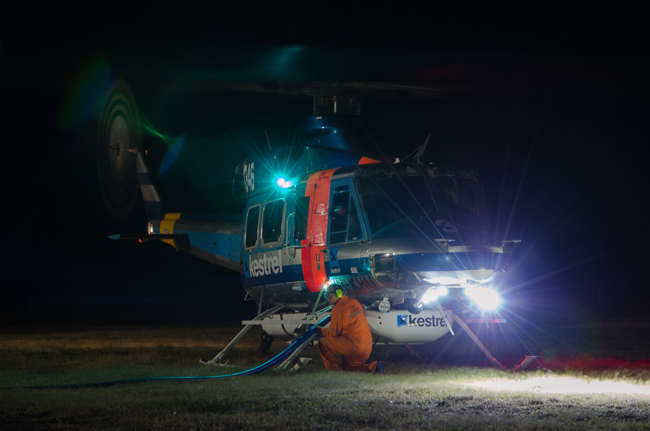
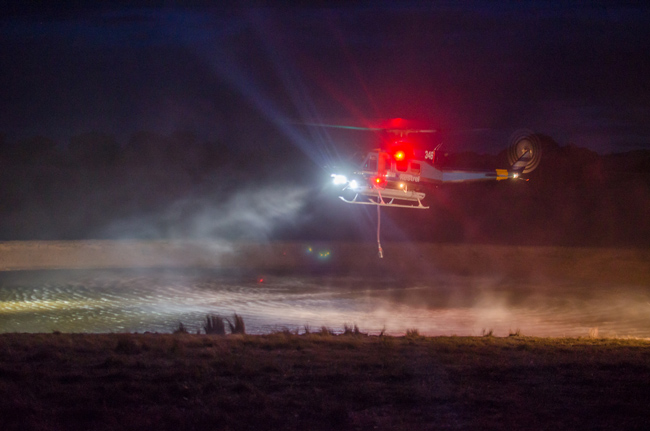
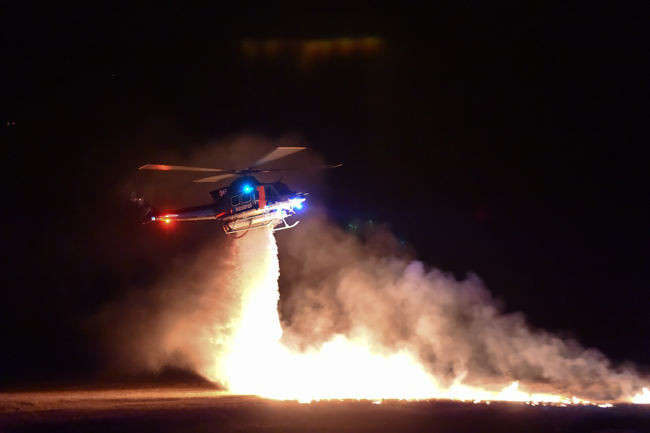
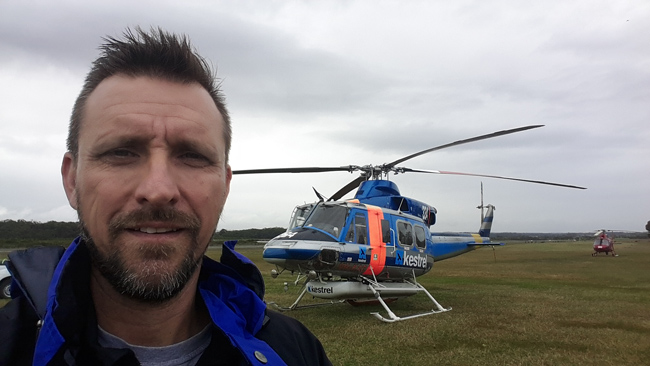
(Photos supplied)
Do you have a question for Richard and the Kestrel crews about night firefighting? Be part of the conversation by leaving a comment below.
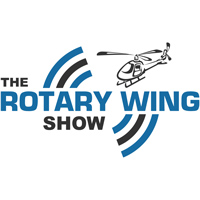
Would you be willing to share what you have found from this to a US counterpart. Especially interested in ground crew and hoover refill operations. How the set the base up etc.